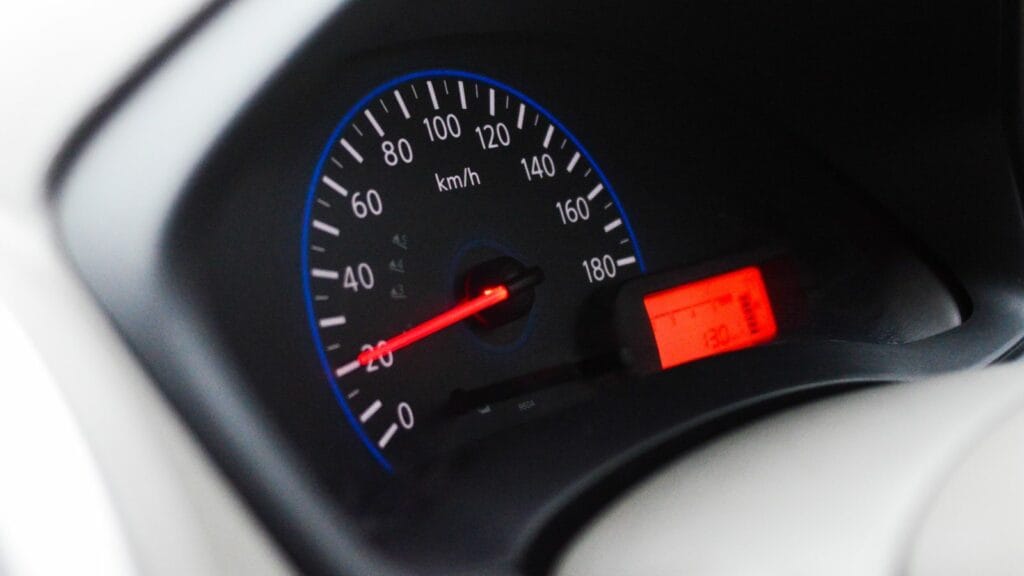Across the world, governments are searching for new ways to rein in reckless driving and reduce the toll of road fatalities. One of the most controversial ideas gaining momentum is the use of speed limiters. These are electronic systems that would not just warn drivers when they are going too fast, but actively prevent them from exceeding posted speed limits. Instead of a speeding ticket after the fact, the car itself could stop a driver from breaking the law in real time.
Why Speed Limiters Are Being Considered

Speeding remains one of the leading causes of serious crashes, and traditional methods like fines, police patrols, and roadside cameras are not solving the problem. Technology, however, offers a new option. Governments see speed limiters as a way to intervene at the moment a driver is about to speed, rather than punishing them afterward. Some proposals would apply these systems to repeat offenders or people caught driving far above the legal limit. Others argue that all new vehicles should be required to have some form of intelligent speed assistance built in.
How the Technology Works
Modern speed limiter systems combine GPS data, digital maps of speed limits, and cameras that can recognize road signs. When the car detects that it is about to go over the limit, the system can either warn the driver, push back against the throttle, or automatically cap the vehicle’s speed. In some versions, the limiter allows the driver to override the system temporarily, while in others, it completely prevents acceleration beyond the limit. The most restrictive versions are designed for drivers with a history of extreme speeding and would be installed by court order.
Who Would Be Affected First
The first drivers likely to face mandatory limiters are those convicted of dangerous speeding offenses. In some regions, instead of losing their license entirely, repeat offenders may be required to have a limiter fitted so they can continue to drive for work or family responsibilities without being a risk to others. This idea is being framed as a middle ground: the driver still gets mobility, but society gains protection from their reckless behavior. If the technology proves effective, governments may consider making it mandatory in all new vehicles over time.
The Canadian Angle

Canada has not yet mandated speed limiters for passenger vehicles, but the country is watching closely as Europe and the United States begin rolling them out. Canada already has experience with limiters in the trucking industry, where heavy trucks in Ontario and Quebec are required to have maximum speed settings to improve safety on highways. That precedent could make it easier for regulators to expand the concept to passenger cars. Provincial governments are under increasing pressure to address rising crash rates, and automatic enforcement technology is one of the most attractive options on the table. Canadians may soon find themselves at the heart of this debate, as the country weighs safety benefits against concerns about personal freedom on the road.
The Promised Benefits
Supporters argue that speed limiters could drastically reduce crashes, injuries, and fatalities. By preventing cars from exceeding the legal limit in the first place, the system cuts out the risk before it becomes dangerous. Insurance companies also see potential savings, as fewer high speed crashes mean lower claims. Some studies suggest that widespread adoption of speed limiters could save thousands of lives over the coming decades, making them as significant a change for safety as seatbelts or airbags.
The Concerns From Drivers
Despite the safety arguments, many drivers are skeptical. A major concern is whether the technology will always know the correct speed limit, especially in areas with confusing or inconsistent signage. Another issue is flexibility. Drivers sometimes exceed the limit briefly to avoid a hazard, merge safely, or overtake another vehicle, and a limiter could remove that option. Cost is another worry, as fitting these systems is not cheap, and requiring offenders to pay for the device could be a heavy burden. Finally, there is a broader philosophical concern: many people are uneasy about technology that takes direct control away from the driver.
Could It Spread to Everyone

What begins as a targeted measure for repeat offenders could quickly expand into a universal feature. In Europe, new vehicles are already required to include systems that monitor and control speed. If Canada follows that path, future buyers might find themselves in cars that automatically keep them within the limit whether they like it or not. Automakers are already preparing for this possibility by equipping new models with advanced GPS and camera systems that make speed limiting easier to implement.
A Shift in Driving Freedom
Speed limiters highlight a growing shift in how driving is viewed. For decades, enforcement was about personal responsibility: the driver was trusted to follow the rules, and police punished them afterward if they did not. Now, technology is pushing toward prevention, where cars themselves take responsibility for keeping speeds legal. For some, that is a welcome step toward safer roads. For others, it is an erosion of freedom behind the wheel. In Canada, as in other countries, the coming years may determine whether speed limiters stay a punishment for the worst offenders or become a permanent feature of every new car.
